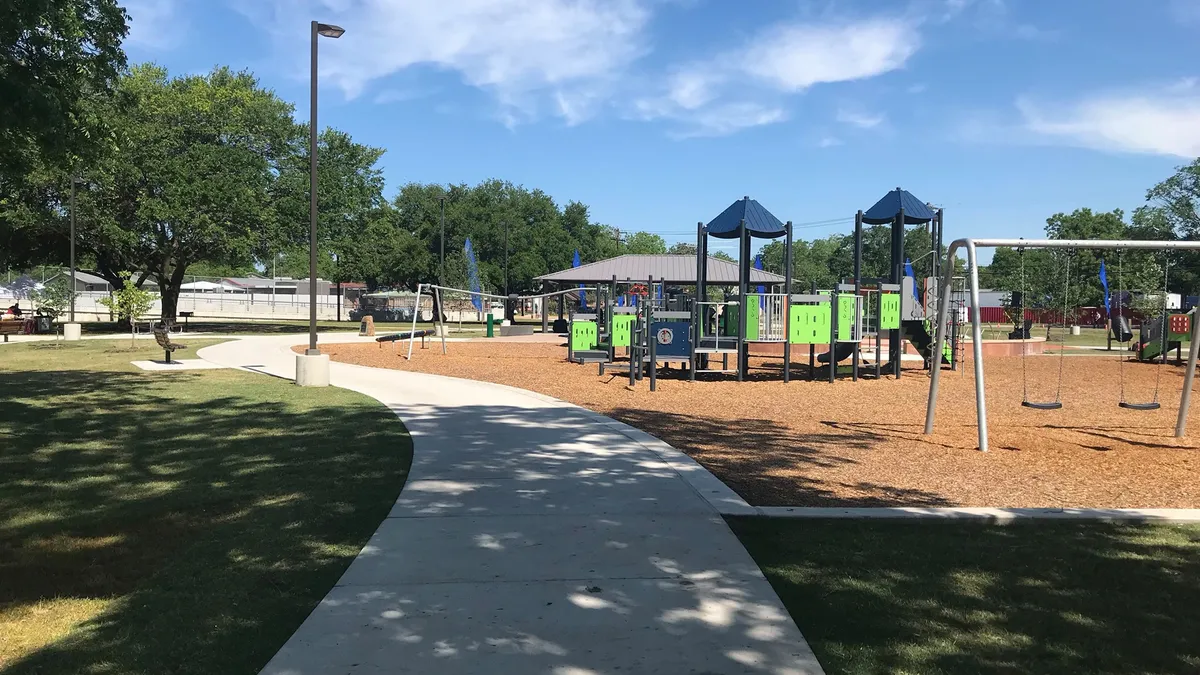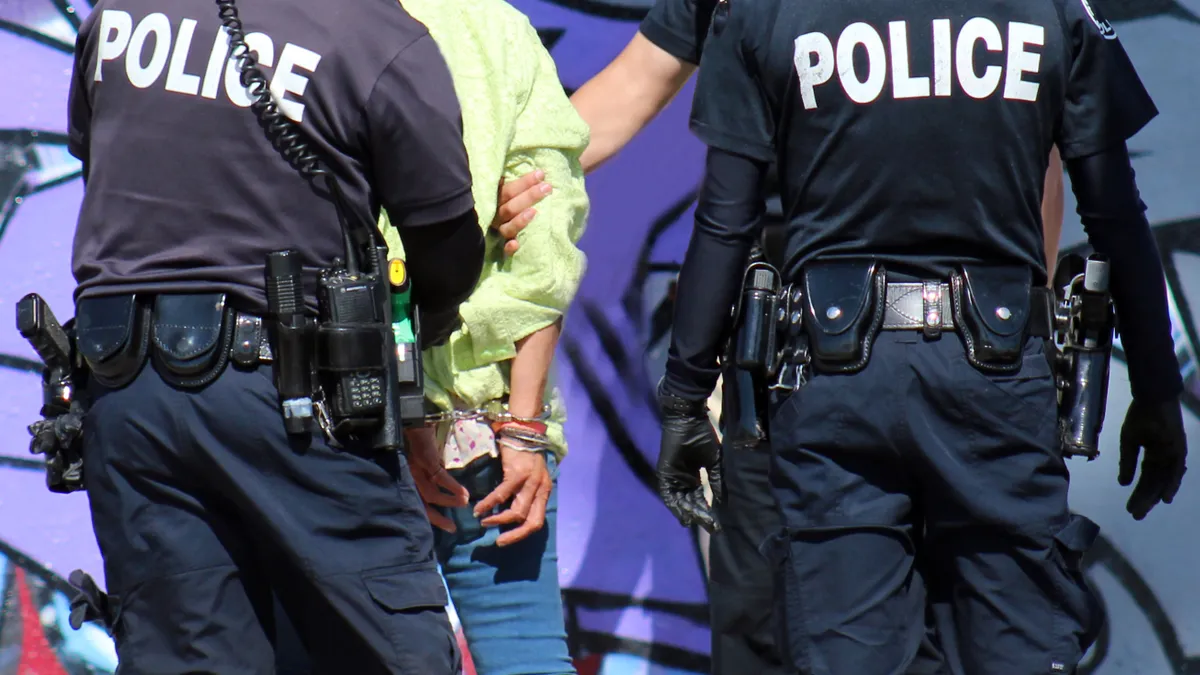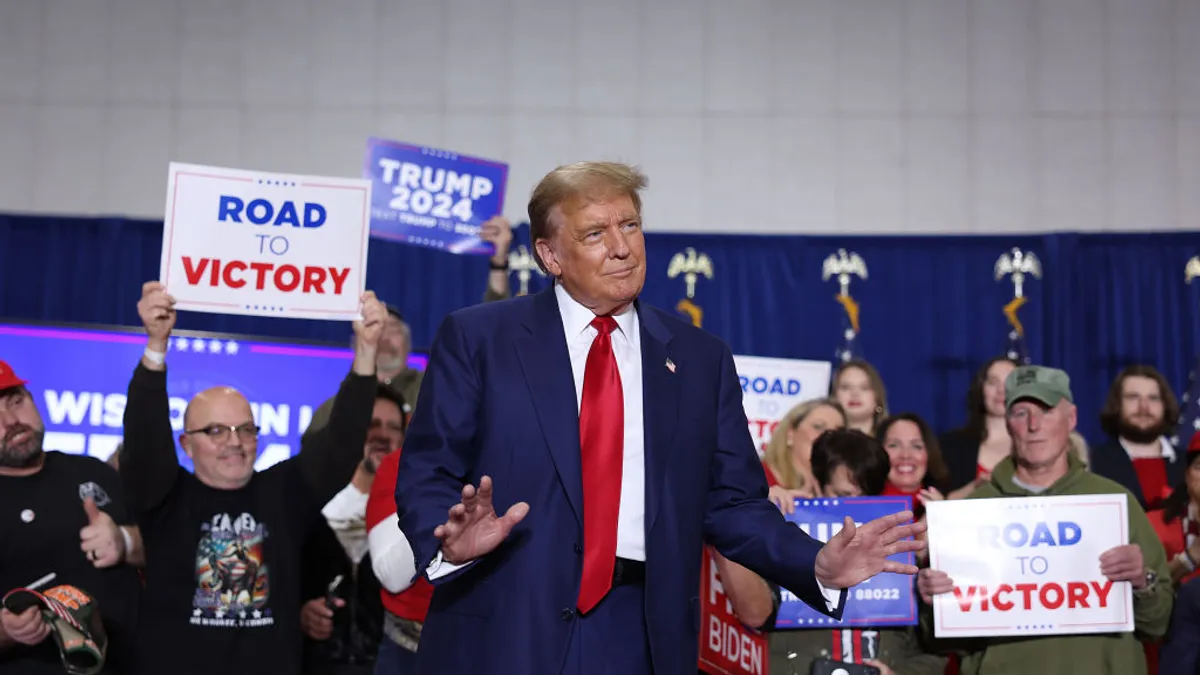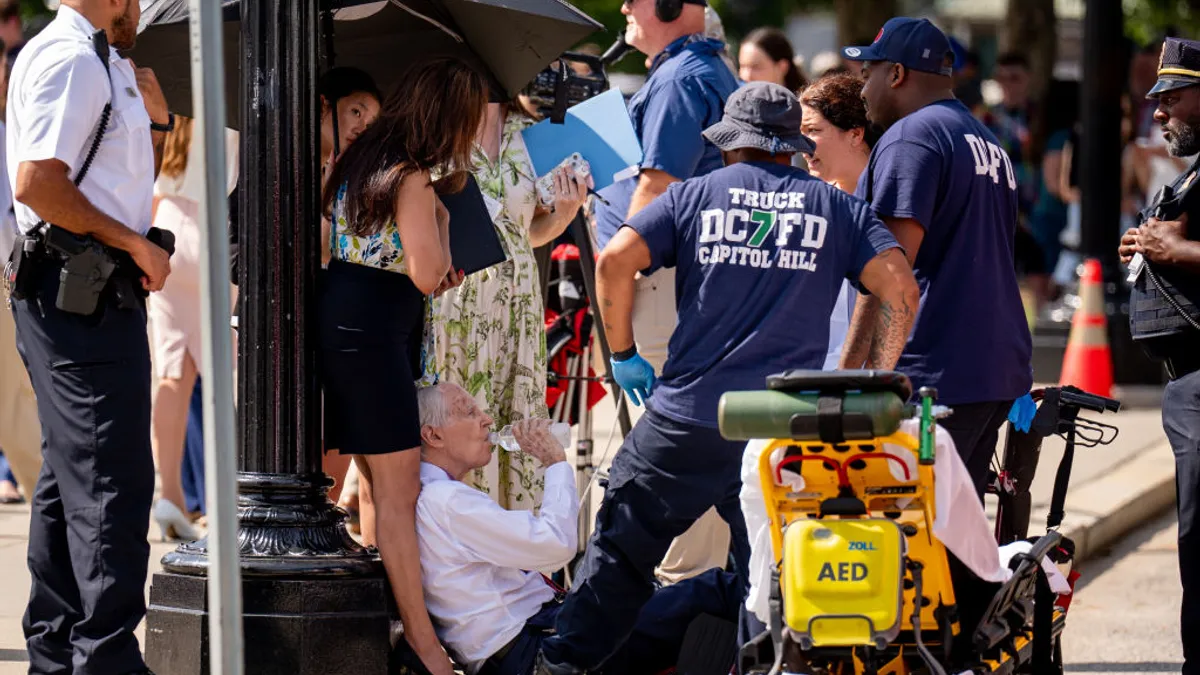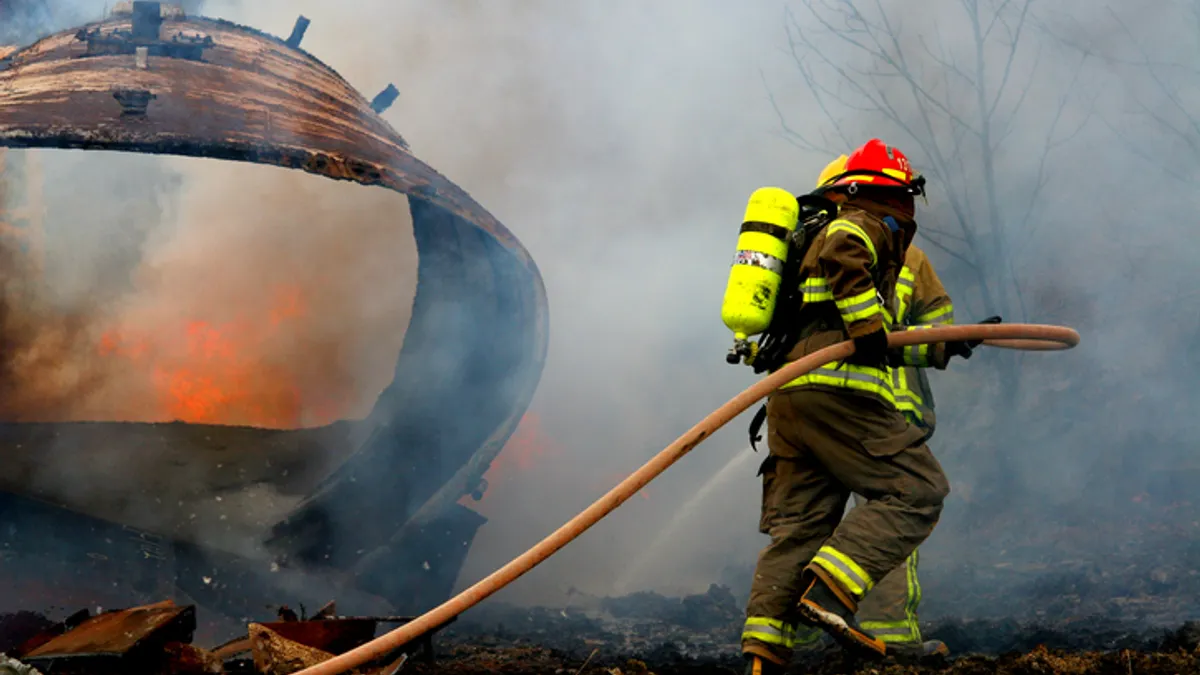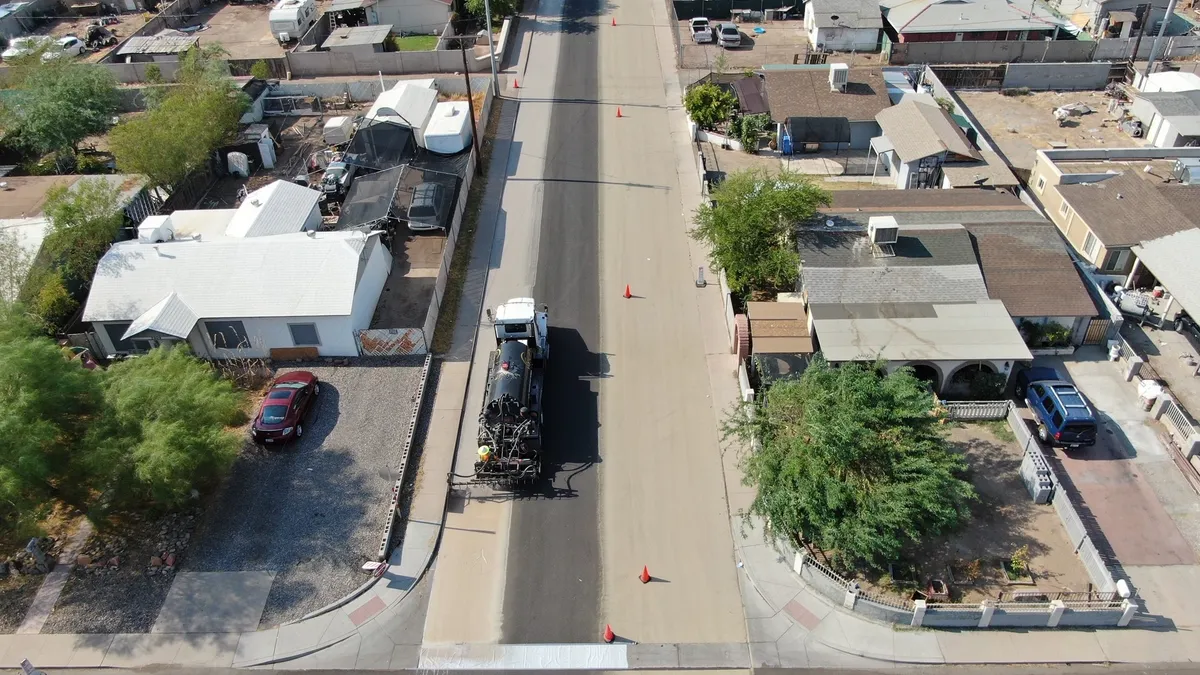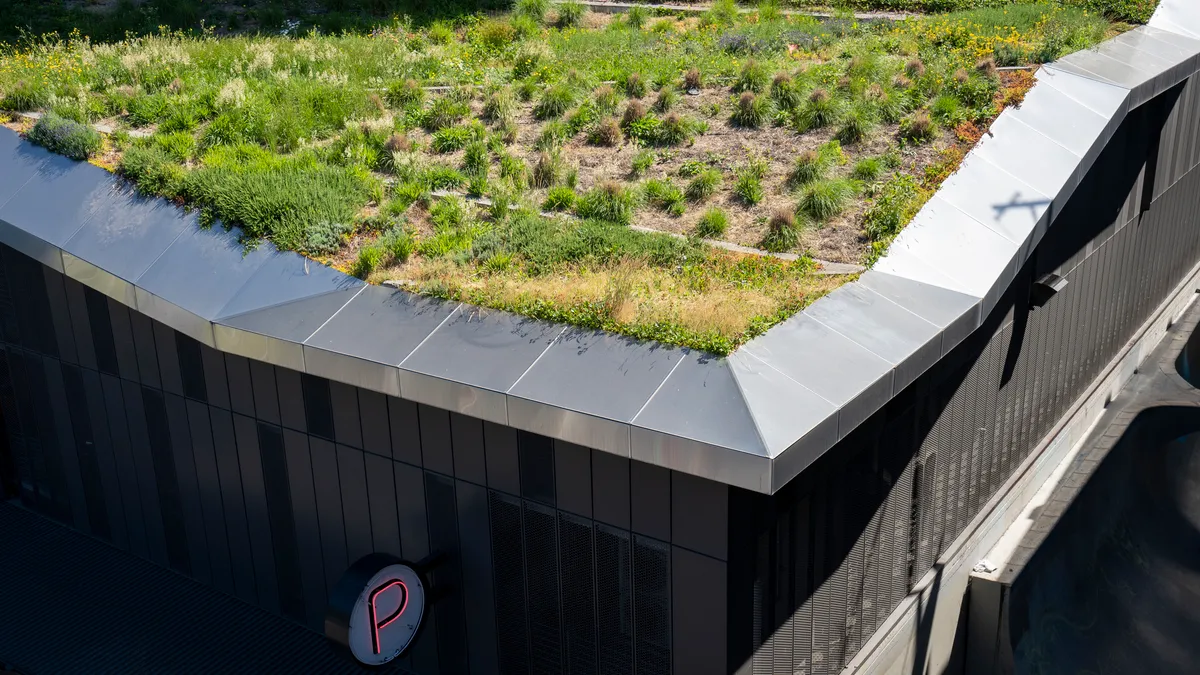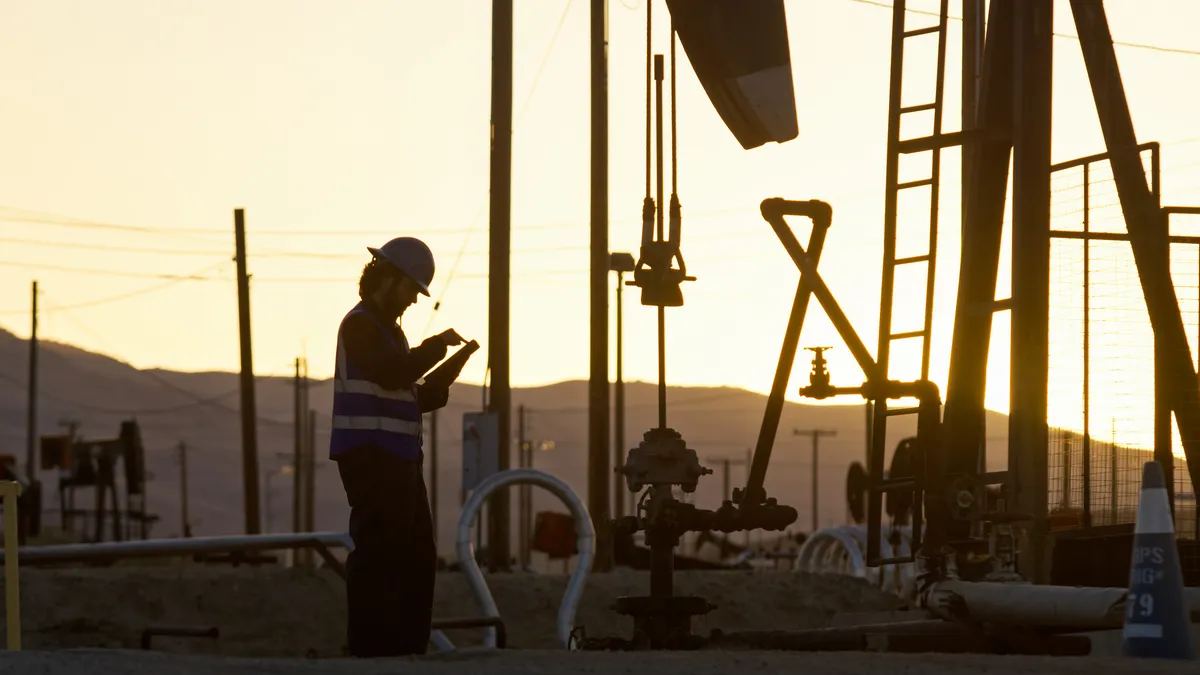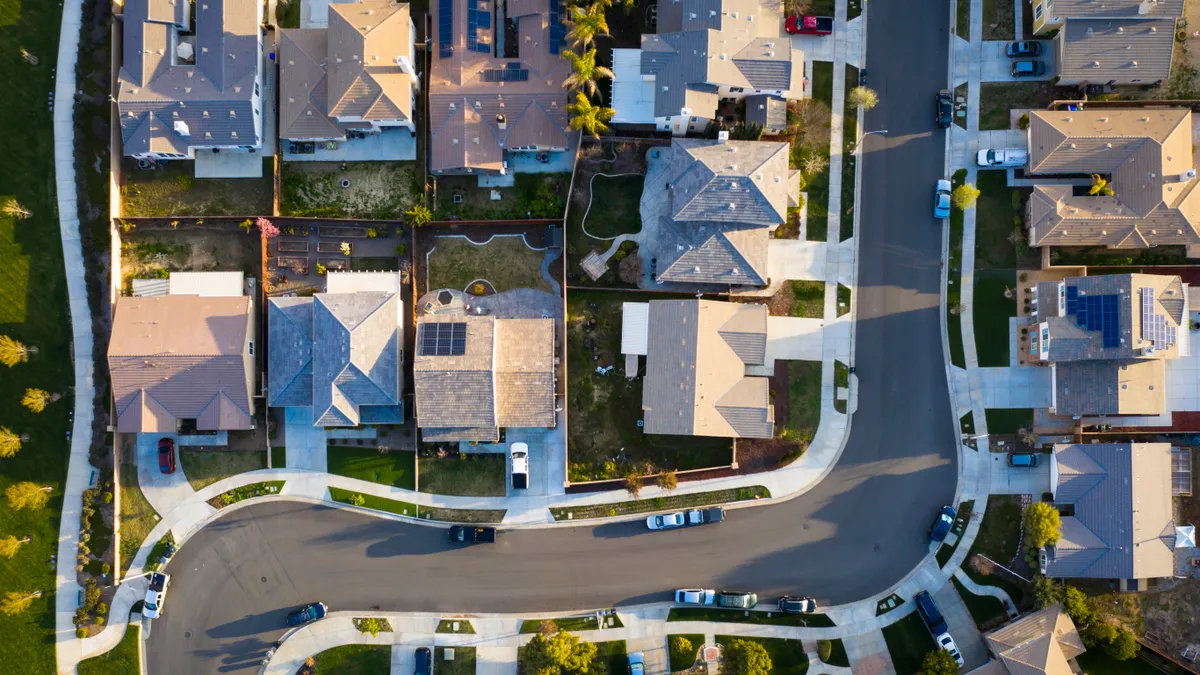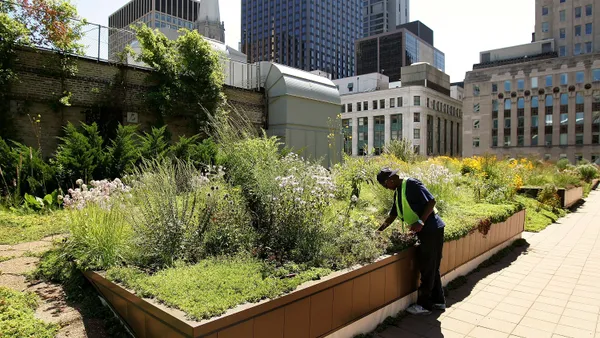Houston may have coined the title of "Bayou City" due to its winding waterways, but if you look on-land, you'll notice the city is no stranger to building out greenspace.
Memorial Park spans nearly 1,500 city acres as one of the country's largest urban parks, while the Museum District's Hermann Park is one of Houston's most visited. The city is also home to hundreds of smaller parks and greenspaces — but just like many of its Southern peers, it doesn't have a history of serving everyone equally.
A history of 'White public space'
Houston's parks were once nearly exclusive to White residents, with Black residents able to access only 10% of the city's greenspace, said Jim Elliott, a professor of sociology at Rice University who has studied park inequity in Houston.
"There’s never been a history of using parks to integrate the South," Elliott said. "Parks were used as a space to divide Black neighborhoods from White neighborhoods in the South and basically exclude Blacks from entering the space. You had a White public space. You didn’t have a public space."
This has since trickled into park development that has long enabled higher-income, White residents more park access, according to a study from Elliott and his colleagues at Rice. The study found many Black and Latino communities have moved into former "White neighborhoods" to increase their park access, and that children have less park access in Houston today than 70 years ago, as new parks often go in privileged areas with fewer children.
Today, many of Houston’s largest parks rely on not only public funding but also money from private interests, Elliott said. And signature parks that get money and attention — like Memorial Park and Hermann Park — are often in wealthy areas.
There is a city-run greenspace in most communities, but many of those need upkeep, said Alicia Neal, interim executive director for Emancipation Economic Development Council (EEDC), a community-led nonprofit dedicated to the preservation and revitalization of Houston's historically Black Third Ward.
“It’s a part of just the decline and the disenfranchisement when it comes down to underserved communities,” Neal said. “They’re called underserved for a reason.”
Tapping into the community
Houston officials have long worked on Bayou Greenways 2020, a $220 million public-private partnership to transform 3,000 acres of underutilized land into a 150-mile network of linear, equitable and accessible parks and trails citywide. While still in development, this project is moving forward to ensure 1.5 million residents live within 1.5 miles of the Bayou Greenways by the end of 2020.
Outside of this effort, however, officials wanted to identify necessary improvements to the city's existing greenspaces. Two years ago, the city analyzed its 380-park portfolio to identify parks most in need of attention, said Steve Wright, director of the Houston Parks and Recreation Department. Instead of prioritizing parks with the greatest funding, Houston "took a look from the opposite angle" and scored 220 neighborhood parks on safety features, accessibility, lighting, security and the last time they had improvement and repairs, he said.
Once a park project is identified, the department hosts community listening sessions — which are now held virtually — to ensure its plans meet the needs of individuals in the area. The city asks for what improvements communities would like to see in their neighborhood parks, and if there are historical and cultural aspects to consider when planning these improvements.
Wright recalled his work on Brock Park, located in a historically underserved neighborhood where the community enjoys fishing at a local pond. So, the city built a fishing pier.
“We don't walk out there with our park hat on, shovel in hand and say, ‘OK, we're the experts, and we know what this park needs,'" he said. “We’re very cognizant about not trying to go out there and come up with one cookie-cutter-type of layout or portfolio for the community.”
Since evaluating its portfolio, Houston has completed projects at about 49 different parks, Wright said, with small park investments ranging from less than $1 million to more than $3 million. Wright has found that understanding the importance of a park to its community allows Houston to tell a story that attracts necessary funding outside of city coffers.
Neal of EEDC said these community engagement efforts overall can lead to more equitable park access. When community voices are heard, residents can "feel comfortable and welcomed in those spaces so they understand that this is really theirs and this is what they've advocated for," she said. "It's not just for the new group of gentrification."
When communities organize, the city begins to pay attention and dedicate more investment in public spaces, as was seen in the Third Ward, Neal said. Emancipation Park is Houston's oldest public park and the only one available to Black residents during parts of the Jim Crow era. The park fell into disrepair in the 1960s, but it debuted a $33.6 million renovation in 2017 following pushes from the community, Neal said.
Avoiding displacement
Amid this work, concerns exist over park projects hastening gentrification.
"We all want beautiful spaces for our children to play in. But what's the trade-off?" Neal said. “We don't want gentrification to be the trade-off for having beautiful, clean park spaces."
With more than 40 park improvement projects happening currently, creating equity and staving off displacement are consistent tasks, Wright said.
Elliott suggested that for every public-private park development in an affluent area, Houston should take a percentage of the revenue generated for the park system and distribute it to parks in lower-income areas. In the meantime, talking about parks opens a conversation on how to distribute resources and gives some historically marginalized communities an opportunity.
"There are neighborhoods that are trying to use that as traction because they find that when they go to city hall, that parks resonate,” Elliott said. “They find that they're getting some of the ear of people as they bring parks up in a way that they don't want to bring up other issues, the chronic issues of bad sanitation or blighted properties. So it is potentially an opportunity to sort of move toward a more equitable city."


